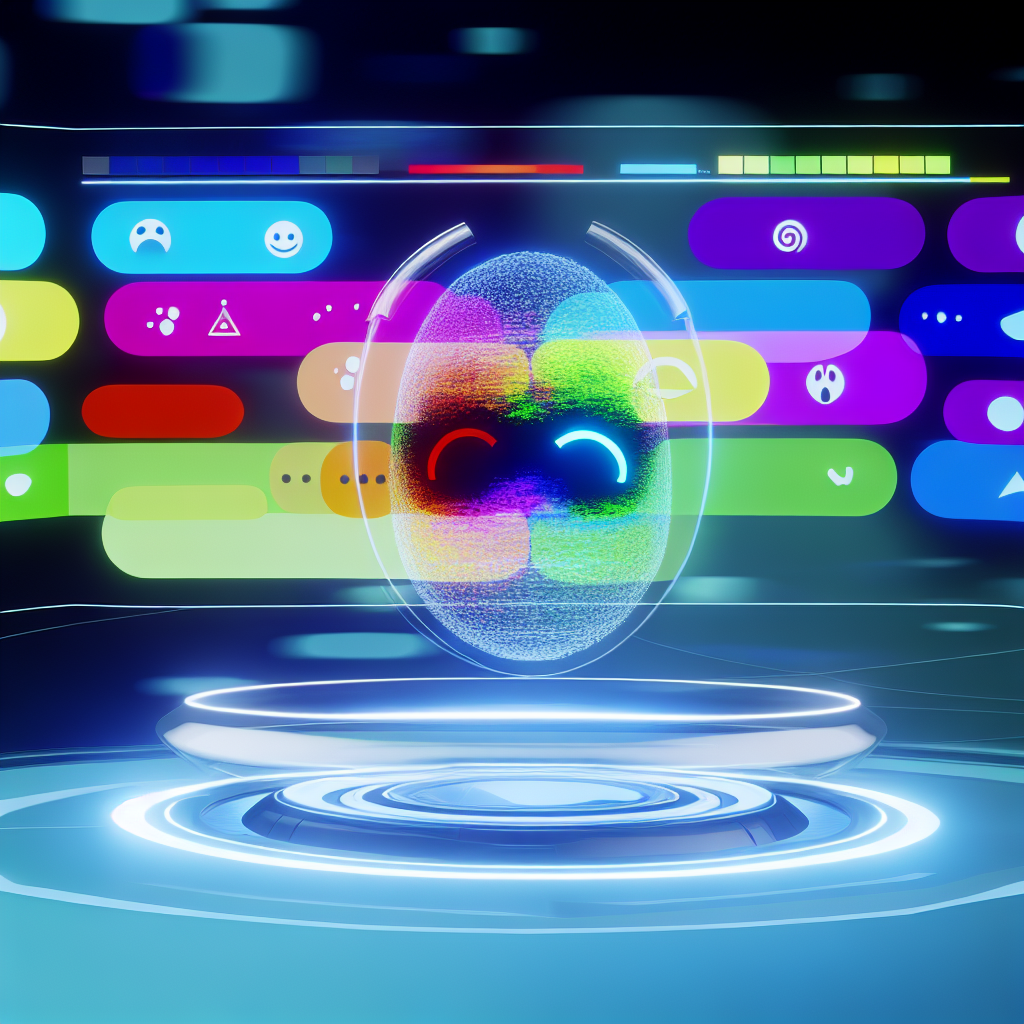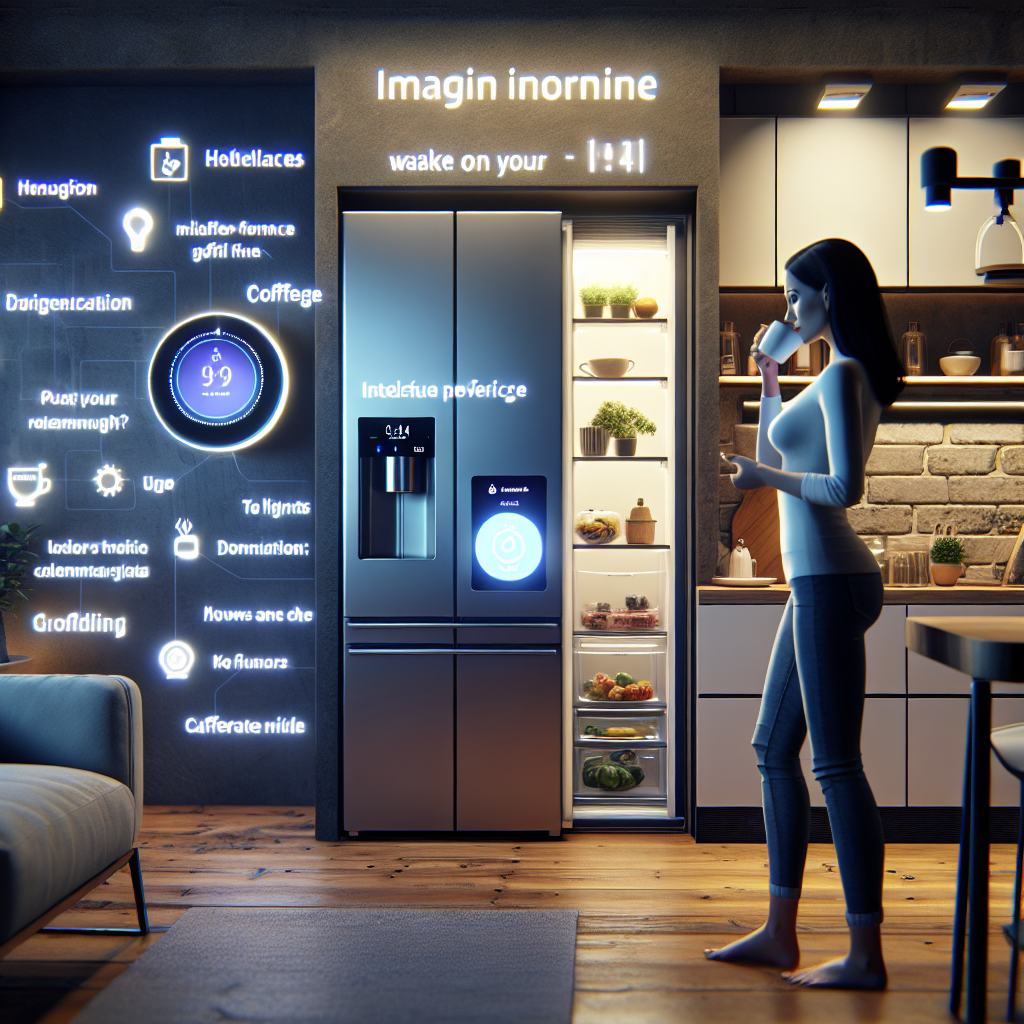Essential NLP Trends in 2025: Unlocking Language Models and Text Analysis
We’ll explore exciting developments in AI, providing insights into how they’re addressing real-world challenges. Whether it’s improved customer support systems or more accurate sentiment analysis, NLP is paving the way for technological breakthroughs. Read on to discover the critical advancements redefining NLP in 2025, including case studies, emerging trends, and future possibilities.
Emerging NLP Technologies
The NLP landscape is characterized by rapid innovation. In 2025, we see breakthroughs in machine learning, particularly in fine-tuning language models. Recent frameworks such as GPT-4 and BERT have evolved to offer unprecedented text comprehension capabilities, driving deeper interaction capabilities in AI.
One key trend is the integration of NLP into context-aware systems. These systems leverage contextual cues from text to provide more personalized and accurate responses, enhancing user experiences across digital platforms. For example, companies are using advanced sentiment analysis tools to gauge customer satisfaction and adjust their strategies in real-time.
Language Models in Focus
Language models are the heart of NLP innovations. With models like GPT-4 achieving new levels of sophistication, AI systems are now equipped to generate human-like text on an unprecedented scale. These models are being used across educational sectors to develop intelligent tutoring systems that adapt to individual learning paces, offering customized content to students.
Continued Development: GPT-4 and Beyond
OpenAI’s GPT-4 exemplifies how language models are surpassing expectations, driving advancements in voice recognition software and automated content creation. Such models have not only improved efficiencies in these areas but also set standards for ethical AI applications, as explained in a TechRadar article.
Real-World Applications
The integration of NLP in business operations has led to innovative solutions. Financial institutions, for instance, now employ NLP-driven chatbots for customer interaction, streamlining services and reducing wait times. In the healthcare sector, NLP tools assist in analyzing vast amounts of patient data, yielding insights that improve diagnostics and patient outcomes.
Case Study: Transforming Customer Service
Consider a global telecommunications company using NLP to implement a dynamic FAQ system. This system analyzes customer inquiries, providing immediate, accurate responses, significantly enhancing customer support efficiency and satisfaction. Internally, teams can focus on complex issues, as the system handles routine queries.
Future Directions
Looking beyond 2025, NLP is set to embark on new horizons. The development of AI systems capable of understanding emotion-driven language is on the horizon, promising more empathetic interaction models. Moreover, cross-linguistic capabilities will expand, bridging communication gaps across cultures, facilitated by AI translation tools.
For those interested in learning more about the foundations of NLP, refer comprehensive guide offers a deep dive into the building blocks that power these advancements. Furthermore, exciting developments in AI tools for healthcare continue to be a promising area for research and development.
FAQ
What is NLP’s role in AI?
NLP enables machines to understand, interpret, and generate human language, making AI systems more interactive and capable of nuanced communication.
How are language models expected to evolve?
Future language models will likely incorporate more context-aware capabilities and ethical considerations, increasing their reliability and applicability.
What industries benefit most from NLP?
Industries such as healthcare, finance, and customer service are leveraging NLP for improved data analysis, enhanced customer interactions, and better decision-making processes.
Conclusion
As the world of NLP evolves towards 2025, we witness a transformative impact across industries. With language models continuing to advance, the opportunities for innovation are immense. AI and Data Science professionals are at the forefront of this evolution, driving technologies that promise smarter interactions and more intelligent systems.
For those eager to stay ahead, understanding these trends is crucial. Subscribe to our newsletter for regular updates on NLP advancements and insights into how these technologies reshape our future.



